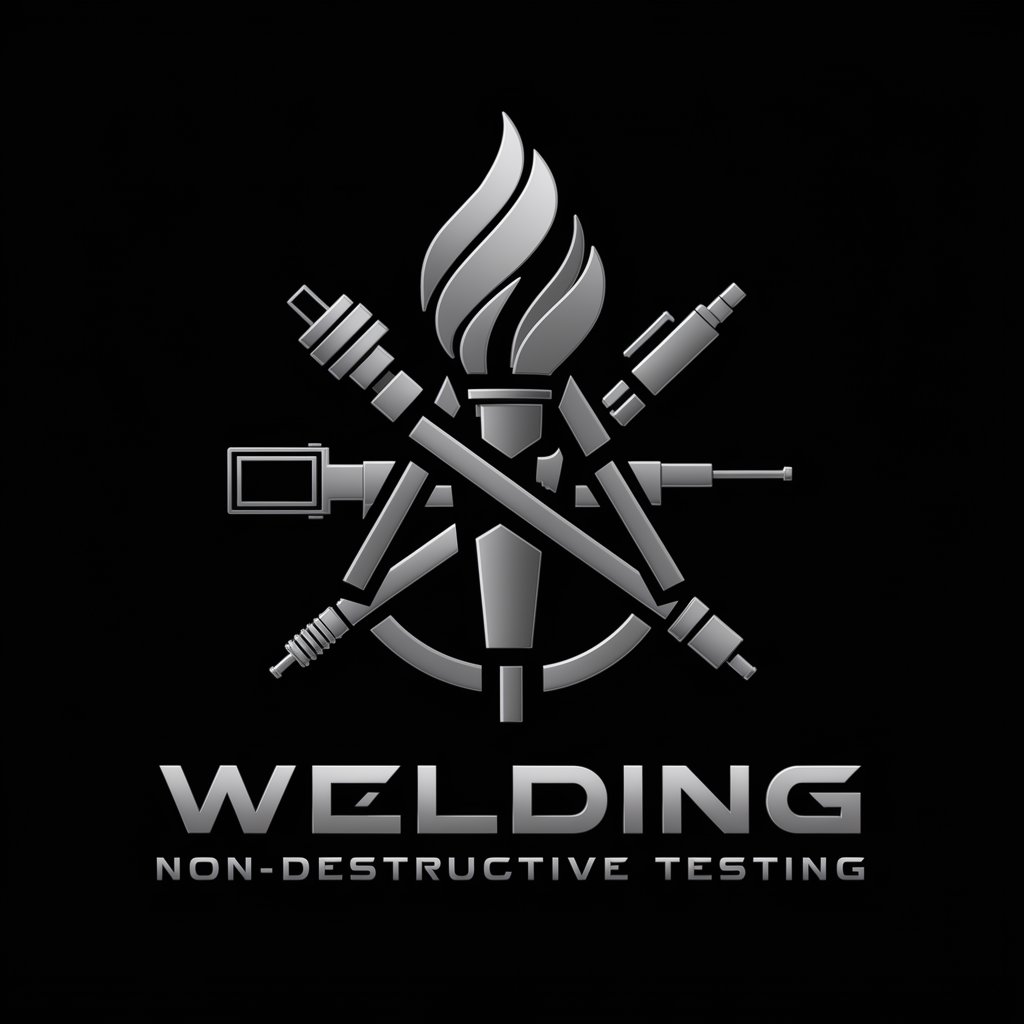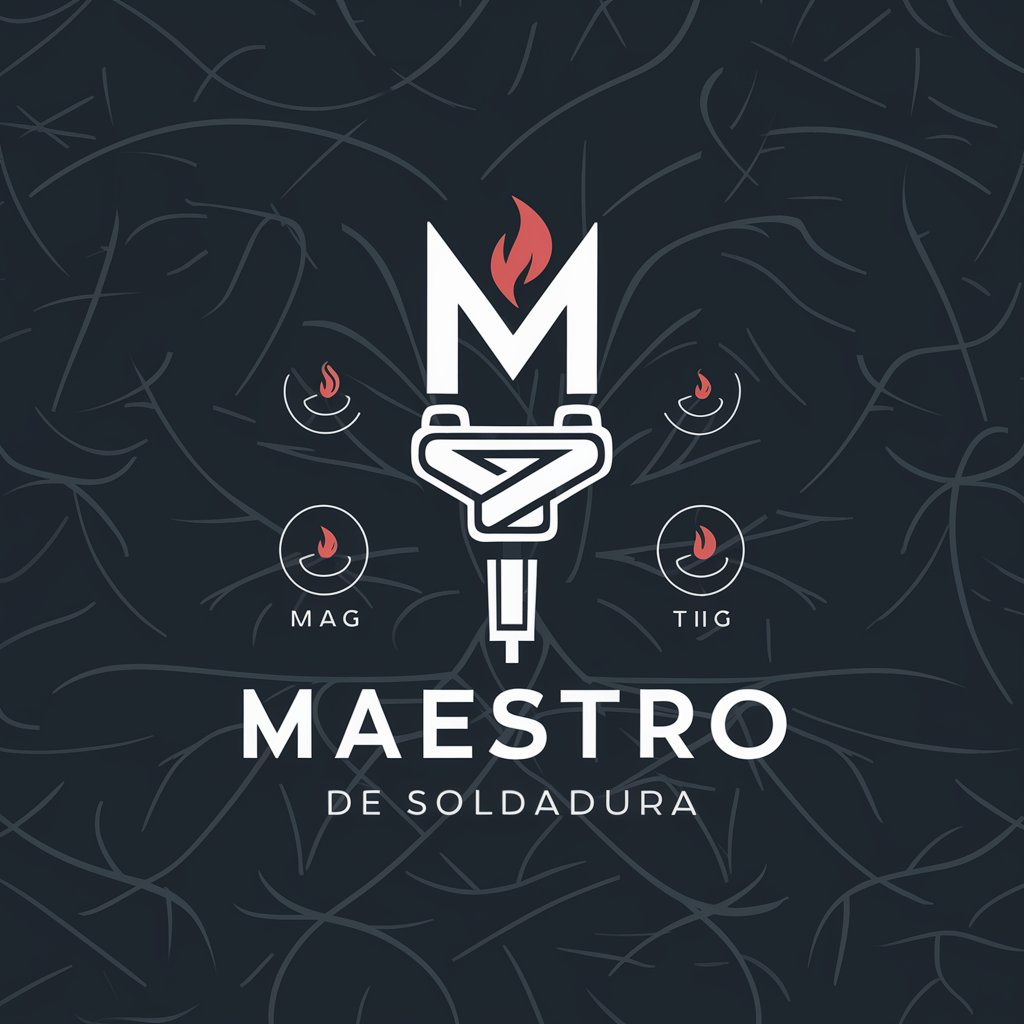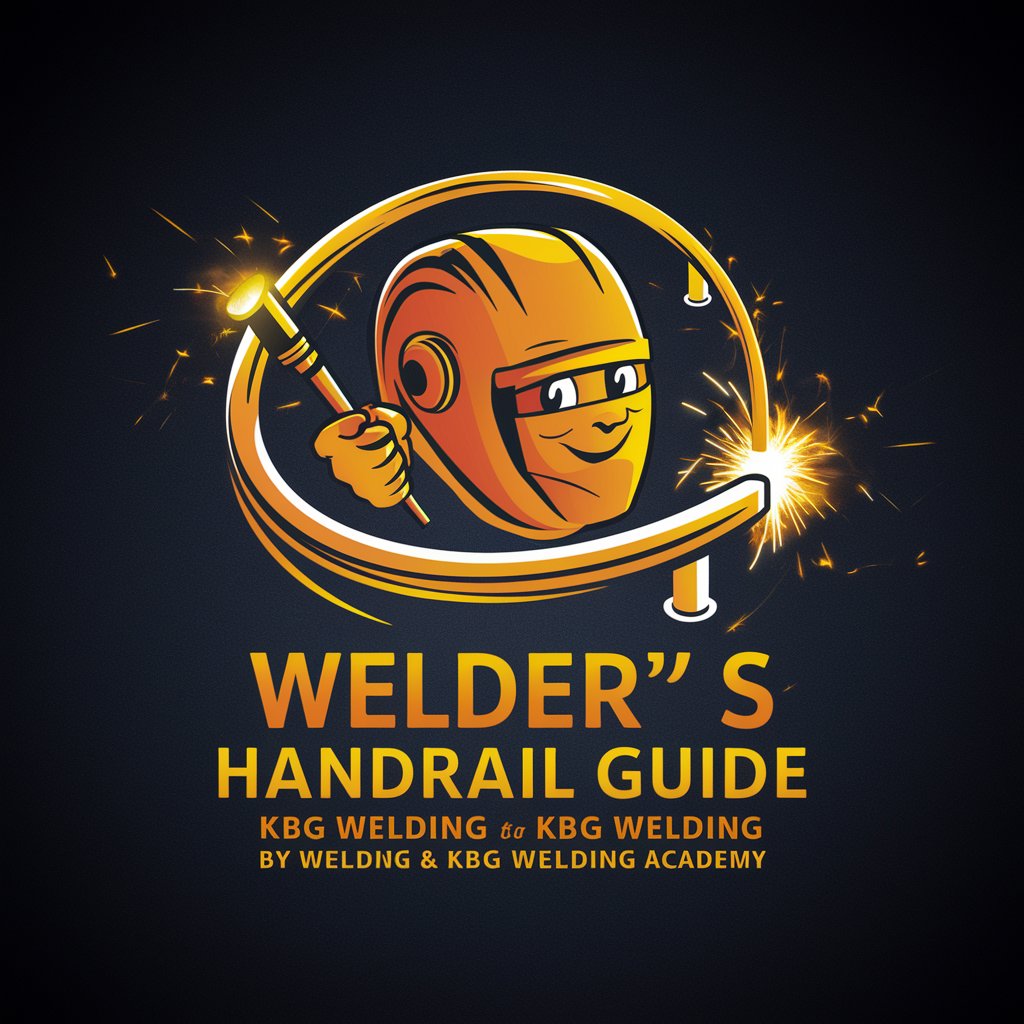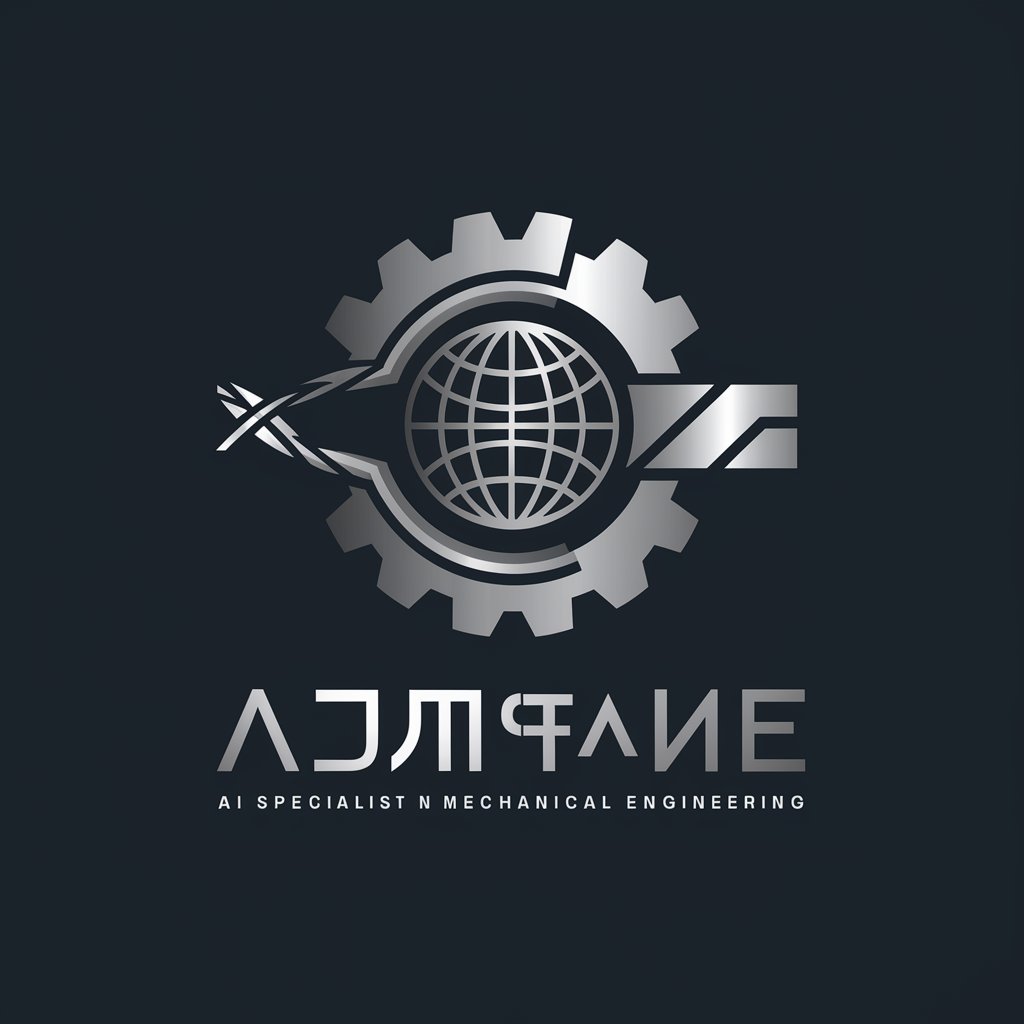
Welding - Welding Guidance

Welcome to Welding, your go-to resource for all things welding!
Master welding with AI-powered assistance
Can you explain the differences between MIG and TIG welding?
What are the essential safety measures in welding?
How is welding applied in the aerospace industry?
What are the best practices for maintaining welding equipment?
Get Embed Code
Introduction to Welding
Welding is a fabrication process that joins materials, usually metals or thermoplastics, by causing coalescence. This is often done by melting the workpieces and adding a filler material to form a pool of molten material (the weld pool) that cools to become a strong joint, with pressure sometimes used in conjunction with heat, or by itself, to produce the weld. This process is distinct from lower temperature metal-joining techniques such as brazing and soldering, which do not melt the base metal. Welding encompasses a variety of techniques, including arc welding (e.g., SMAW, MIG/MAG, TIG), resistance welding, forge welding, and newer methods such as laser and electron-beam welding. Each technique has specific applications, advantages, and limitations, tailored to meet the requirements of different industries, from automotive to construction and aerospace. Examples of welding's application include the construction of bridges, the repair of heavy machinery, and the fabrication of aerospace components, illustrating its versatility and critical role in modern manufacturing and infrastructure maintenance. Powered by ChatGPT-4o。

Main Functions of Welding
Joining metals and thermoplastics
Example
Fabrication of stainless steel kitchenware
Scenario
TIG welding is commonly used to join stainless steel components due to its precision and ability to produce clean, strong welds, ideal for the aesthetic and hygiene requirements of kitchenware.
Repair and maintenance
Example
Repairing a cracked engine block
Scenario
Arc welding techniques, such as SMAW (Stick welding), can be utilized to repair cracks in engine blocks, restoring the integrity and functionality of engines in vehicles or industrial machinery.
Manufacturing complex structures
Example
Construction of a steel bridge
Scenario
Multiple welding methods, including submerged arc welding (SAW), are employed in the construction of steel bridges. SAW is preferred for its efficiency in creating high-quality, deep penetration welds necessary for the structural integrity of bridges.
Creating art and custom fabrications
Example
Sculptures and decorative items
Scenario
Artists and craftsmen often use MIG or TIG welding to create intricate sculptures and decorative items, leveraging the precision and versatility of these methods to work with various metals in detailed designs.
Ideal Users of Welding Services
Manufacturing professionals
Individuals working in automotive, aerospace, construction, and general manufacturing sectors, who require reliable and efficient methods to join materials for production, repair, or maintenance.
Artisans and craftsmen
Creative professionals who utilize welding to construct sculptures, jewelry, furniture, or decorative items, benefiting from the precision and versatility of welding techniques to realize their artistic visions.
DIY enthusiasts and hobbyists
Amateurs interested in undertaking projects involving metalwork, from building custom bikes to home repairs, can benefit from welding's ability to create strong, durable joins.
Educational institutions and training centers
Schools and vocational training centers teaching welding techniques, safety practices, and applications across industries, preparing students for careers in various sectors requiring welding expertise.

How to Use Welding GPT
Begin Free Trial
Start by exploring yeschat.ai to access a free trial without the need for a login or subscribing to ChatGPT Plus.
Understand Safety Protocols
Familiarize yourself with welding safety measures, including wearing appropriate protective gear such as gloves, a welding helmet, and safety glasses.
Choose Your Welding Technique
Identify the welding method best suited for your project, whether it's MIG, TIG, Stick, or another technique, based on the materials and the desired strength of the weld.
Prepare Materials
Clean and prepare the surfaces to be welded. Ensure they are free of rust, paint, or other contaminants for optimal welding quality.
Practice and Experiment
Use the GPT to explore different welding applications, techniques, and troubleshooting methods. Practice on scrap material to refine your skills before working on your main project.
Try other advanced and practical GPTs
Suen 的分身
Empowering interactions with AI

AutoGPT
Streamline tasks with AI-powered expertise.

R&B
Experience the soul of R&B music.

Porto Mancino Responder
AI-powered Review Responder for Hospitality

Vendor Comparison
Empowering informed decisions with AI

Search
Empowering your search with AI.

AdSense Ace
Elevate Your Content with AI-Powered Creativity
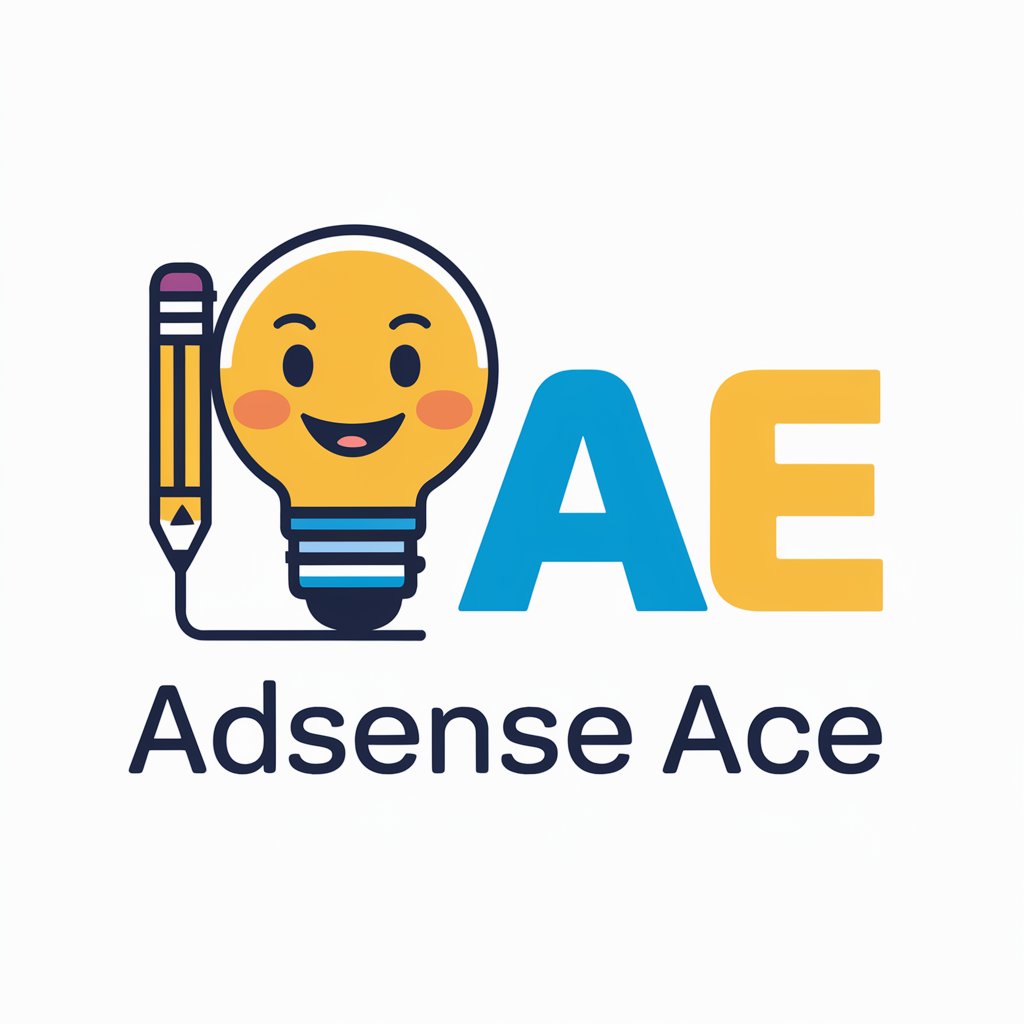
War Room Strategy Council
Empowering decisions with AI-driven insights

Conservation
Empowering Conservation with AI

Criminal Justice - Unit 7
AI-powered Criminal Justice Exploration

Narrative Structure Refiner (ストーリー構造絞り込みツール)
Elevate Your Storytelling with AI
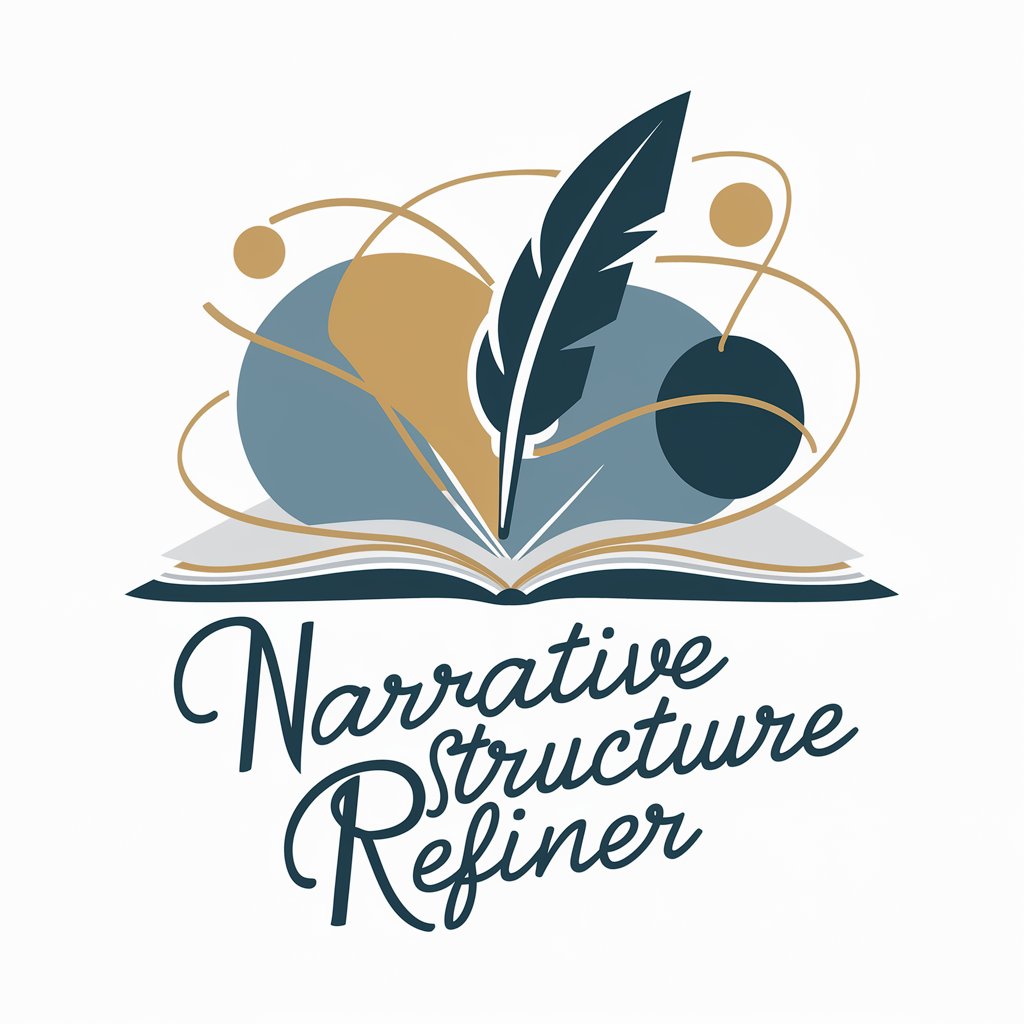
NDIS Guide
Empowering NDIS navigation with AI

Welding GPT Q&A
What safety equipment is essential for welding?
Essential safety equipment includes a welding helmet with proper shade, fire-resistant clothing, gloves, and safety glasses to protect against UV radiation, sparks, and spatter.
How do I choose between MIG and TIG welding?
Choose MIG for ease of use, versatility, and welding thicker materials. TIG is better for precision, control, and welding thin or delicate materials. Consider the material, application, and desired finish.
Can Welding GPT help me improve my welding skills?
Yes, Welding GPT offers advice on techniques, settings, and practices across various welding methods, helping both novices and experienced welders refine their skills.
What are common welding defects and how can I avoid them?
Common defects include porosity, cracks, and incomplete fusion. Avoid them by ensuring proper technique, correct settings, and clean materials. Welding GPT can provide specific tips for each scenario.
How does Welding GPT stay updated on the latest in welding technology?
Welding GPT incorporates the latest industry insights, research, and user feedback to continuously update its knowledge base, ensuring relevance and accuracy.
